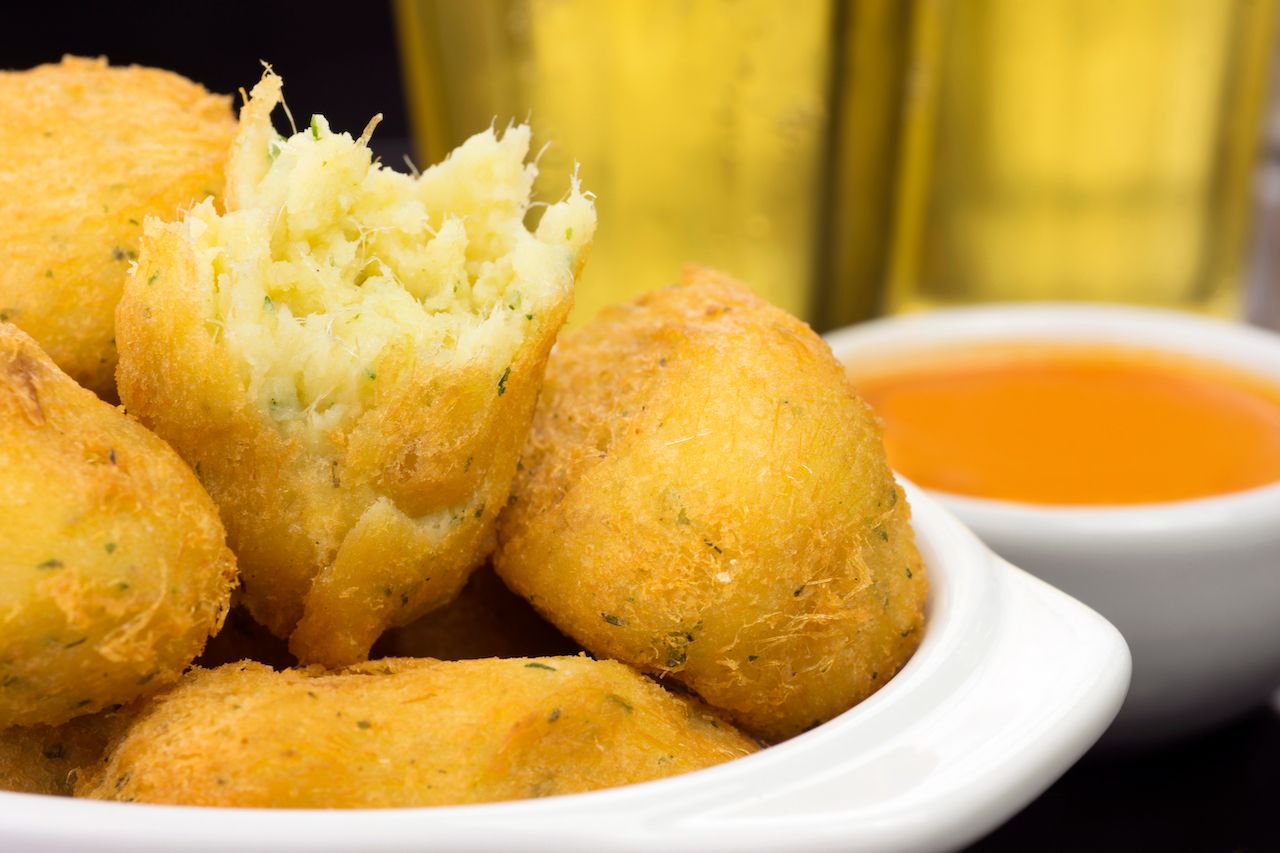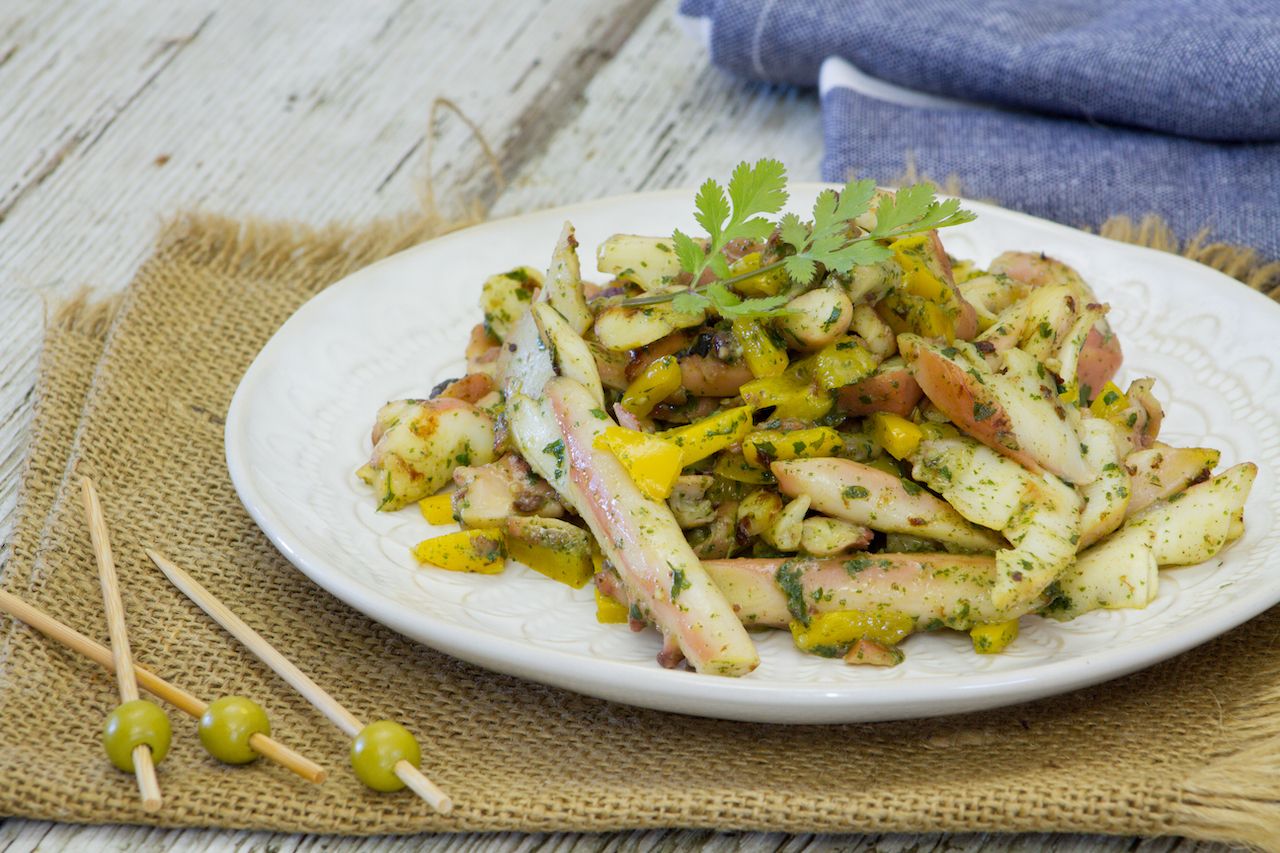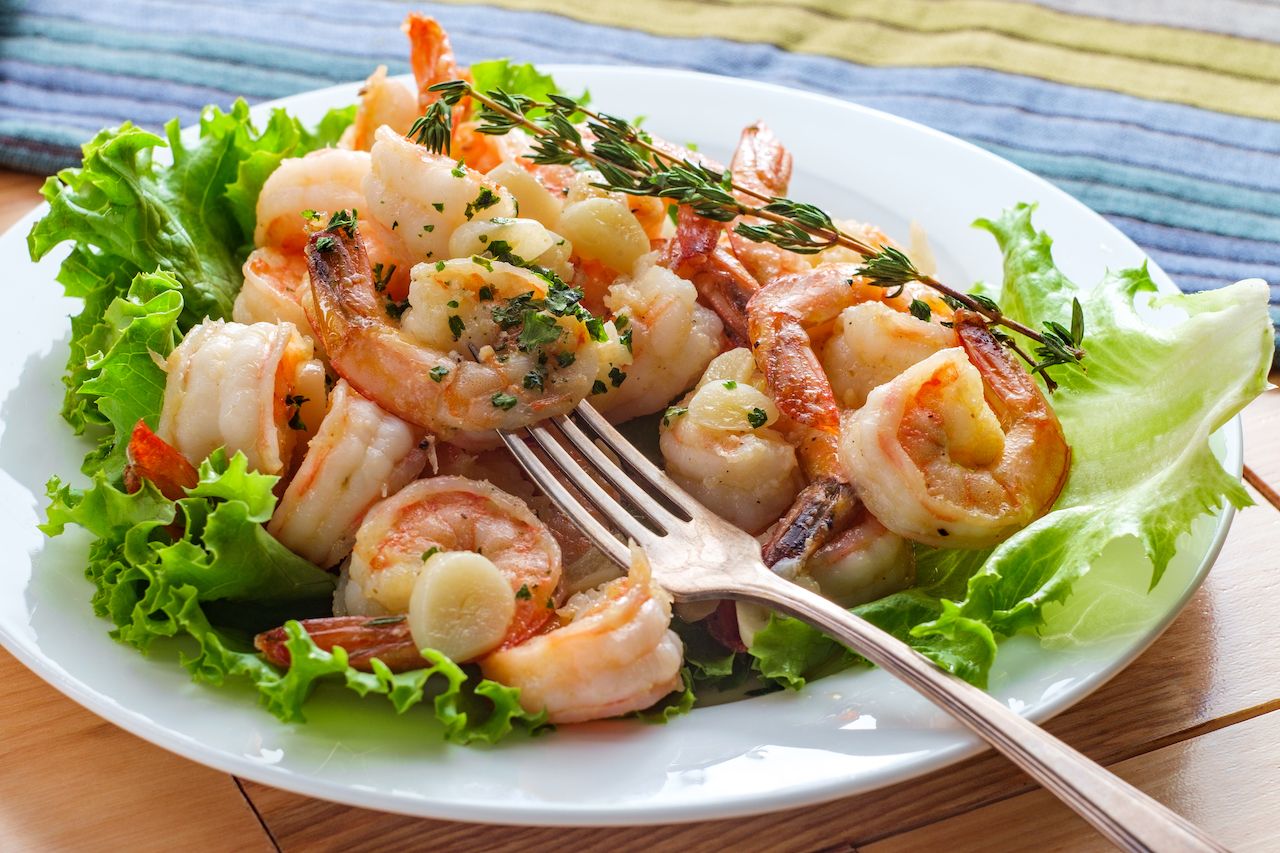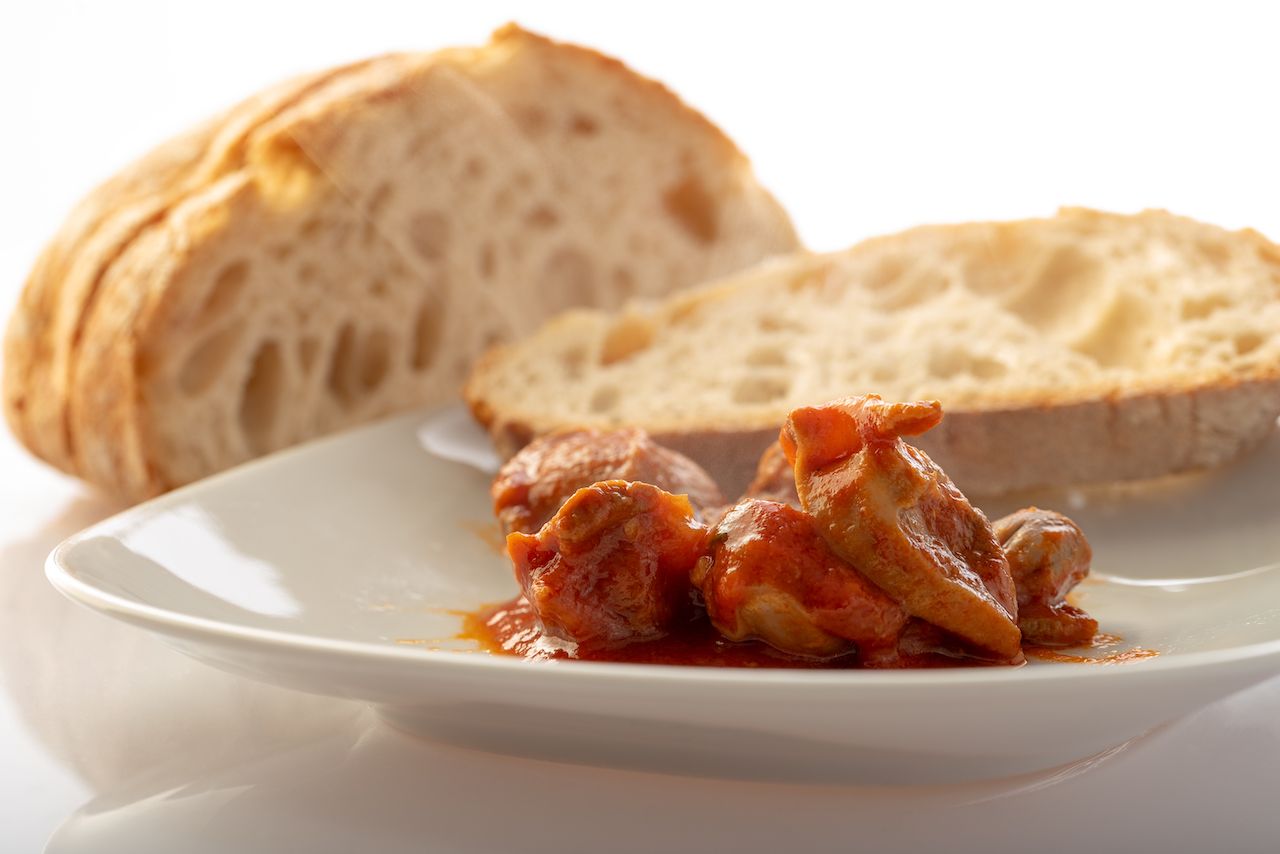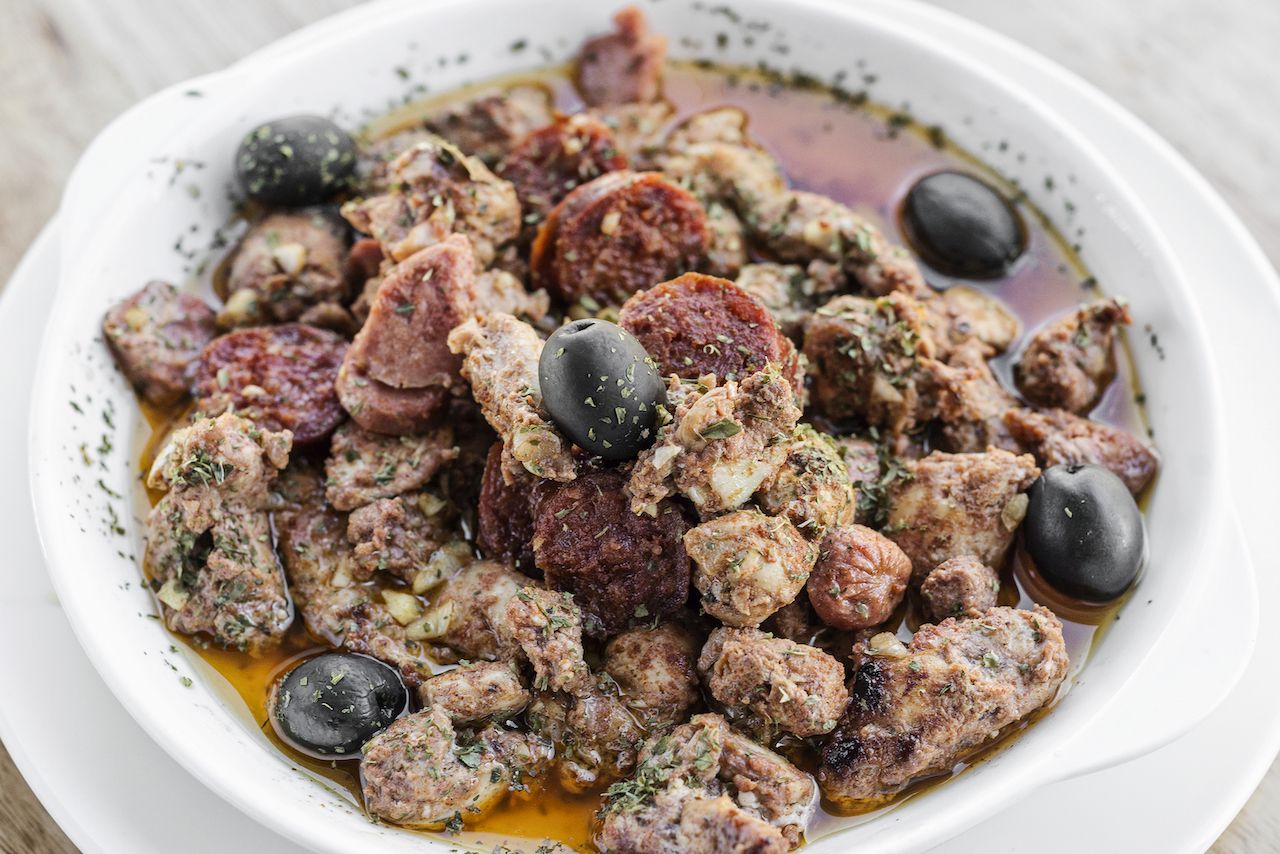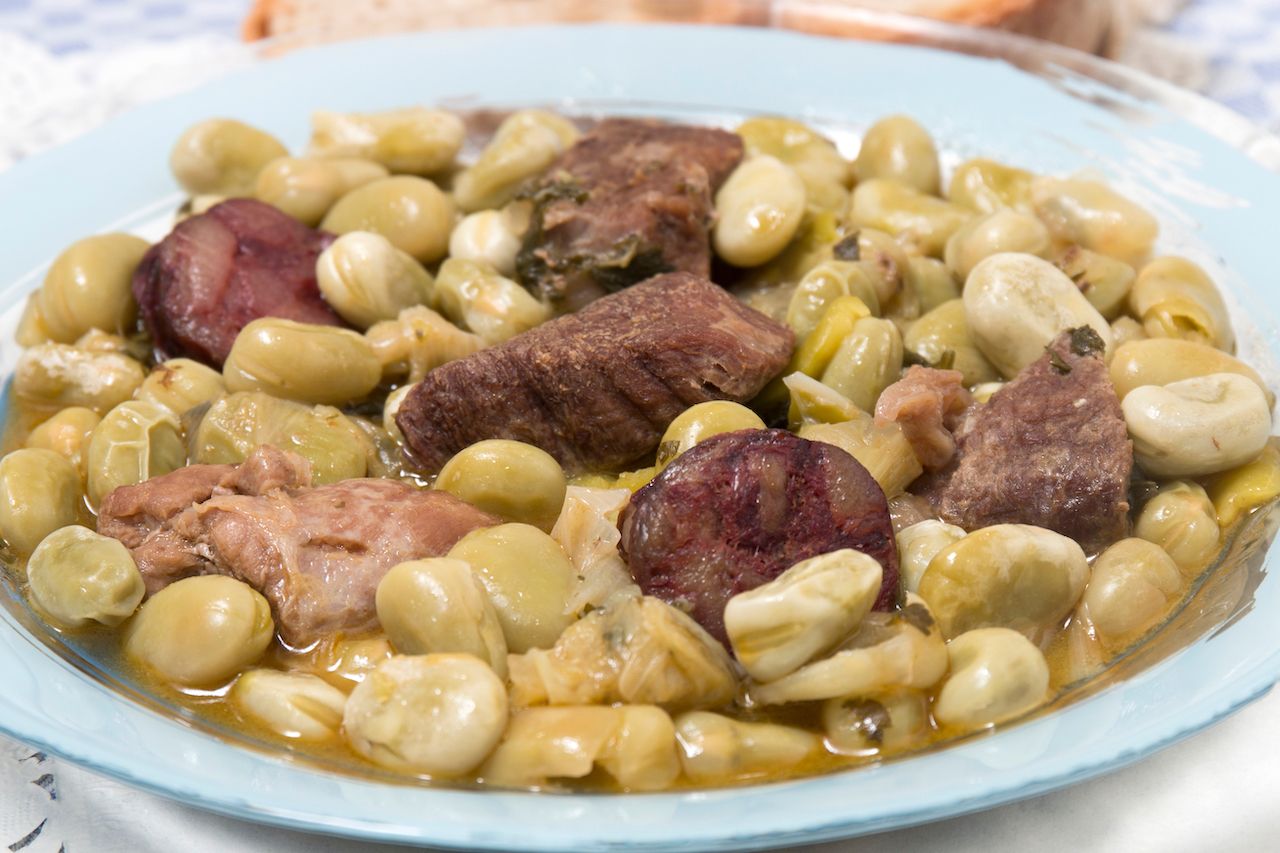It’s easy to call all small plates tapas, whether you’re nibbling on patatas bravas or potato skins. It’s even easier in Portugal, where you’ll see lunch and dinner tables loaded with shareable bites called petiscos, many of which share Spanish cuisine’s Iberian flavor profile.
Don’t let locals hear you call them that, though. Petiscos may be little, and every bit as tasty as tapas, but referring to Portugal’s small plates by its neighboring nation’s iconic cuisine is a quick way to ensure you won’t be invited to join the feast. Not only do the dishes vary, but eating petiscos is a different dining experience altogether, one with its very own etiquette.

